1. The Avocado Slicer
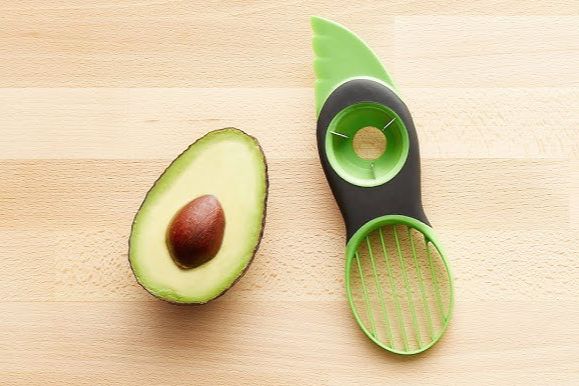
This multi-tool gadget aims to split, pit, and slice an avocado seamlessly, but often fails to adapt to the fruit’s natural variability. Avocados come in all shapes and sizes, meaning the slicer rarely fits perfectly. Instead of the advertised precision, users often find themselves wrestling with the tool, with the final slices coming out uneven or mashed. A simple, sharp paring knife and a spoon accomplish the same three tasks faster, more reliably, and without adding another single-use item to the overstuffed utensil drawer.
2. The Garlic Press
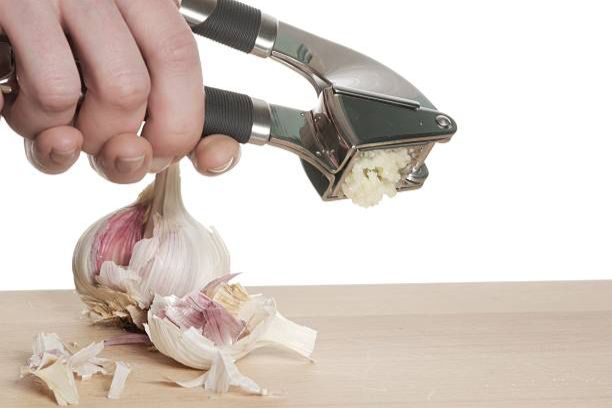
Celebrated by some and despised by many chefs, the garlic press is a classic unitasker that creates more cleanup than it saves time. While it does produce a finely minced result, much of the flavorful garlic paste often gets trapped inside the small chamber and screen, leading to waste. Cleaning the tiny holes is notoriously frustrating, requiring a special brush or tedious scraping. Most cooks find that crushing cloves with the flat side of a chef’s knife and mincing offers superior flavor and a much easier washing process.
3. The Banana Slicer
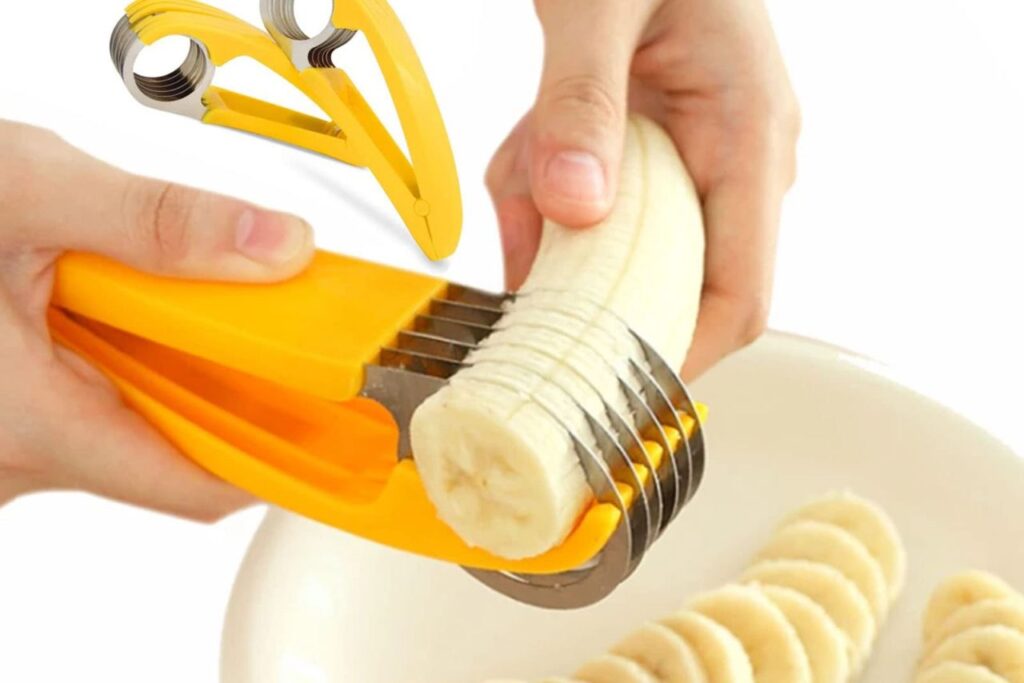
A banana slicer is arguably the ultimate example of a completely unnecessary single-purpose tool, designed to cut a peeled banana into perfectly uniform slices. While the concept of quick, even slices sounds appealing for things like cereal or fruit salad, a regular butter knife achieves the same result in seconds. The gadget itself has multiple small grooves where banana residue can stick, turning the cleanup into a disproportionately time-consuming chore compared to the minimal effort saved on slicing.
4. Herb Scissors
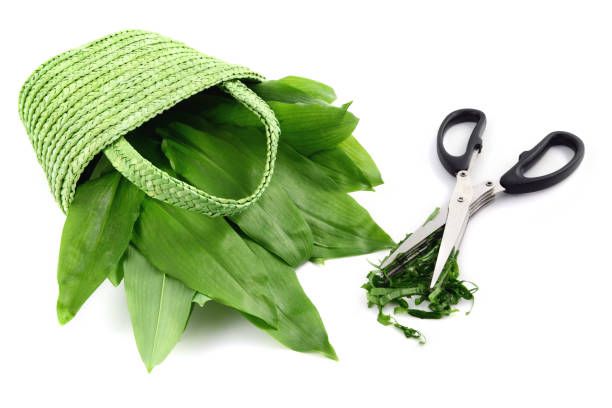
These multi-bladed scissors are marketed as the perfect way to quickly and uniformly snip herbs for garnishing or cooking. The promise is fast, clean cuts, but the reality is often quite different. When used on delicate herbs like basil or parsley, the blades tend to crush or tear the leaves rather than cutting them, which can diminish their fresh flavor and vibrant appearance. Furthermore, the numerous blades make the tool extremely difficult to clean, as small pieces of herbs get stuck deep within the mechanism. A sharp chef’s knife or a simple pair of kitchen shears is generally a more effective solution.
5. Electric Can Opener
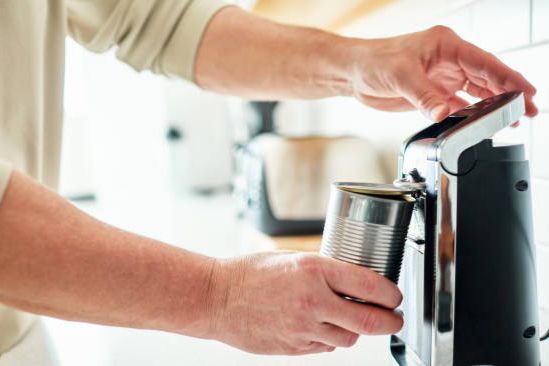
For decades, the electric can opener was a staple countertop appliance, suggesting that manually twisting a crank was too much effort. While convenient for those with hand mobility issues, for the average cook, it simply takes up valuable counter or cabinet space. Modern manual can openers are highly efficient, require no electricity, and are small enough to store easily in a drawer. The electric version often requires a good amount of counter real estate, and should the motor break, it becomes completely useless, unlike its manual counterpart.
6. The Melon Baller
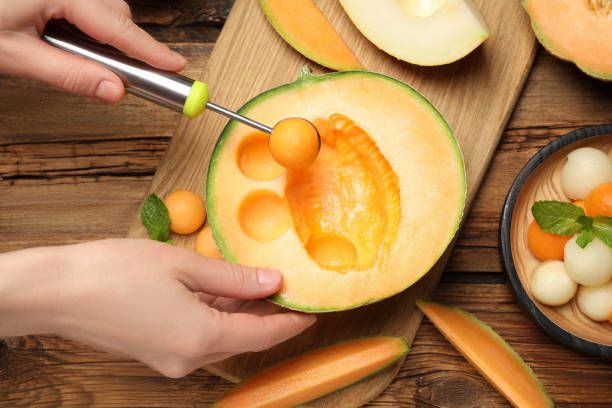
The melon baller exists for the sole purpose of scooping perfectly round spheres out of melons and other soft fruits. While it can produce a visually appealing result, perfect for retro fruit salads, its utility is extremely limited. The time saved is negligible compared to simply dicing the fruit with a knife, which also maximizes the amount of usable fruit. For most home cooks, a small rounded measuring spoon can function as an acceptable substitute in a pinch, meaning there is no practical need to dedicate a drawer slot to this charming but ultimately redundant tool.
7. The Egg Separator
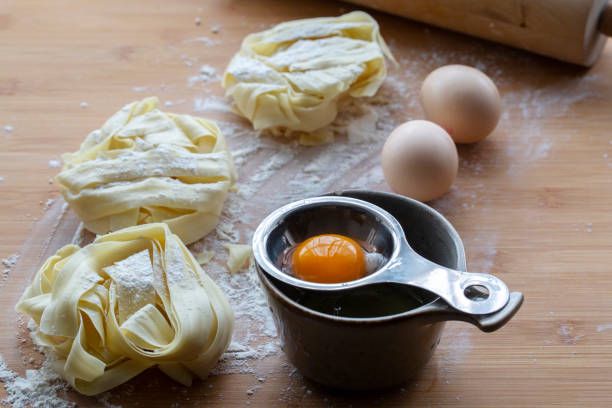
This gadget, which is typically a small, spoon-like device with a hole in the bottom, is designed to separate the yolk from the white with ease. The reality is that it often turns the task into a messy, slow process, especially when trying to manage multiple eggs. Chefs and home bakers alike know that the quickest and most effective methods involve simply using the eggshell halves to pass the yolk back and forth, or even just clean hands. The egg separator only adds an extra item that needs to be washed, making it a classic example of over-engineering a simple task.
8. Silicone Egg Poachers
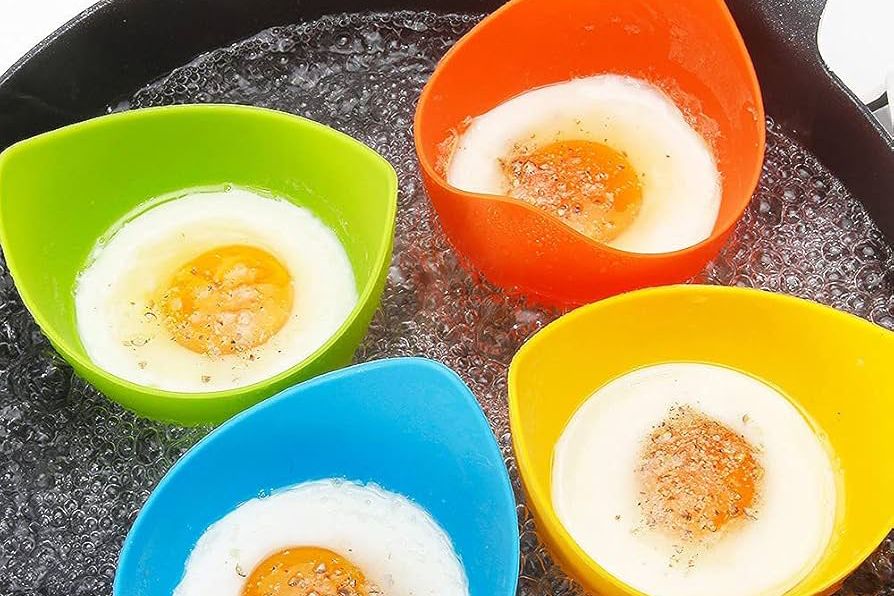
Silicone cups designed to float in boiling water and perfectly poach eggs seem like a fantastic way to achieve a restaurant-quality breakfast. However, these gadgets often lead to frustration, as the eggs tend to stick to the silicone, making it difficult to cleanly remove the delicate finished product. This usually results in a damaged yolk or a messy presentation. The traditional method of swirling water in a pot and dropping the egg in, or using a simple pot with a vinegar base, remains the most reliable way to achieve a perfectly formed, non-stick poached egg.
9. Salad Scissors/Tongs
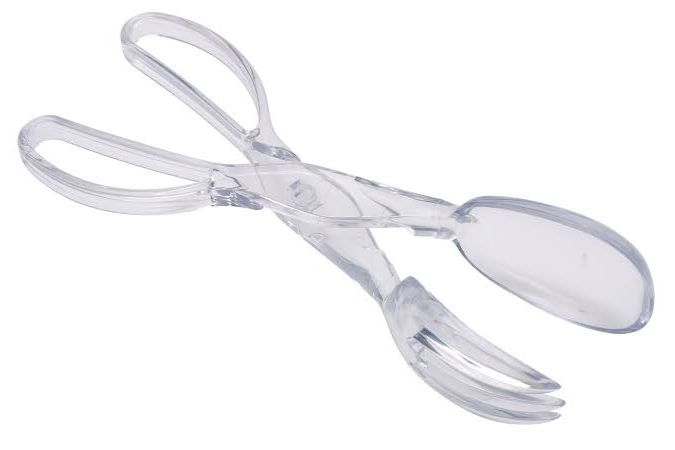
Often advertised as ergonomic tools for cutting up lettuce and vegetables directly in the bowl, salad scissors or specialized tongs promise quick prep. While they perform the function, their benefit is minimal. A sharp knife and cutting board yield much cleaner, more uniform cuts before the greens are even in the bowl, preventing bruising of the lettuce leaves that can occur when snipping in the bowl. Furthermore, these oddly shaped scissors are often cumbersome to store and a pain to properly clean and dry.
10. The Strawberry Huller
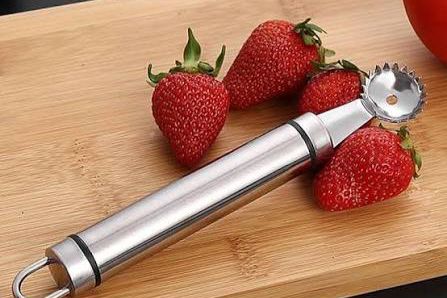
This small, specialized tool is meant to quickly pluck the green stem and white core (the hull) from a strawberry. It seems like a handy gadget for processing large batches of berries for jam or baking. However, a small paring knife can easily and quickly remove the hull with a simple, triangular cut, wasting less usable berry in the process. The strawberry huller often requires a specific technique and still leaves a small cavity, offering no significant time-saving advantage over a knife while adding yet another single-task tool to the kitchen arsenal.
11. Electric Salt and Pepper Grinders
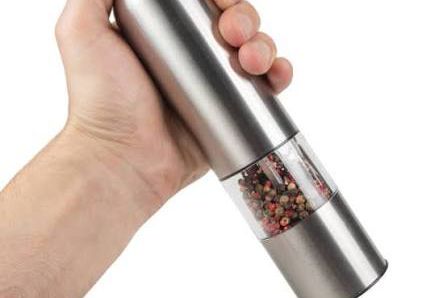
These battery-powered mills are designed to grind spices with the push of a button, adding a touch of modern convenience to seasoning. While they eliminate the need for twisting, they often introduce reliability issues due to their reliance on batteries, which eventually run out. Manual, high-quality grinders provide consistent performance, allow the user to easily feel the amount of seasoning they are adding, and are built to last for years without the need for an energy source. The electric versions also tend to be bulky, taking up more space on the counter or table.
12. The Onion Chopper
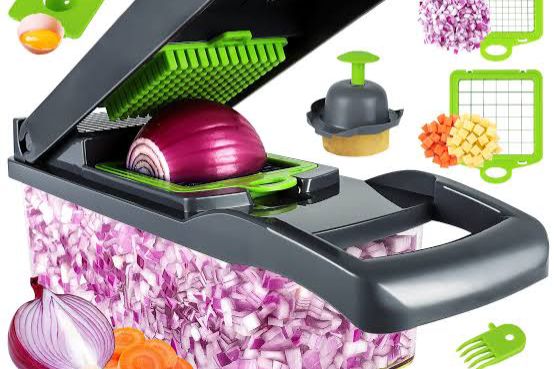
The various manual and semi-automatic onion choppers available promise tears-free, uniform dicing with just a few plunges or squeezes. While they might deliver on the uniformity, they often create a bigger cleaning nightmare than the simple task of chopping warrants. Bits of pungent onion get stuck in the blades and plastic grating, requiring a detailed and time-consuming scrub. A sharp chef’s knife and minimal chopping practice can dice an onion just as fast, with only one surface and one tool to rinse, making it the far more efficient choice.
It’s easy to get swept up in the promise of effortless cooking that many of these gadgets offer. Yet, as research and experience often prove, the simplest tools, a good knife, a sturdy spoon, and a little technique, are the true genius devices that endure in any functional kitchen. Sometimes, less truly is more!
Like this story? Add your thoughts in the comments, thank you.
This story 12 Kitchen Gadgets We Thought Were Genius (They Weren’t) was first published on Daily FETCH


